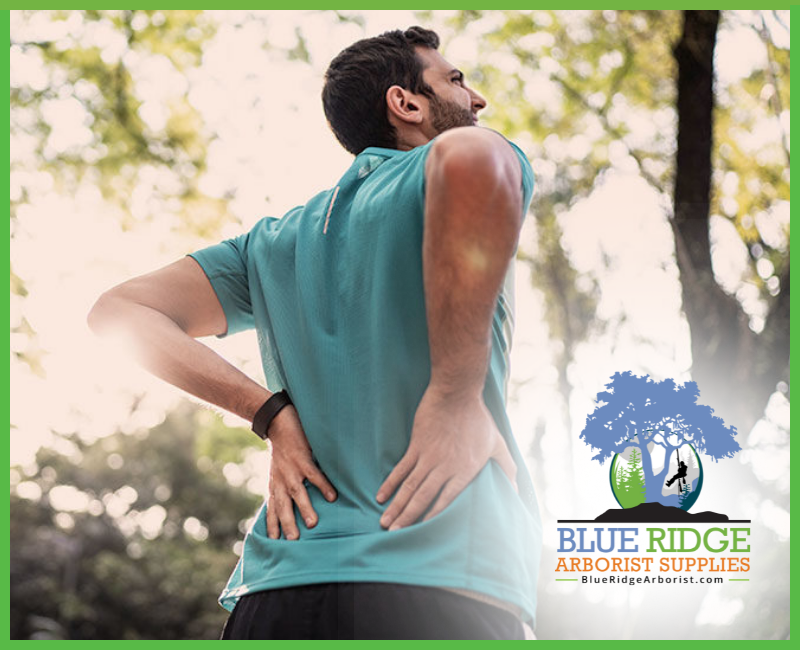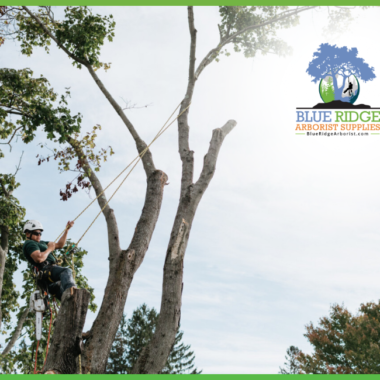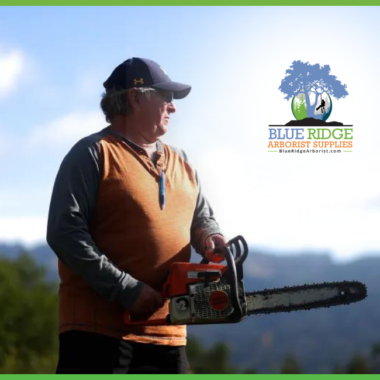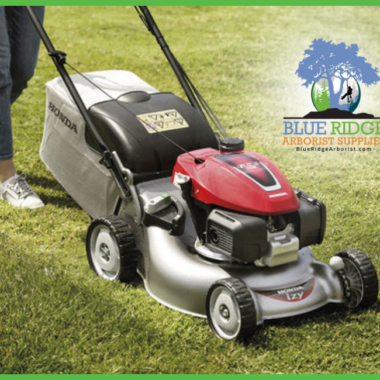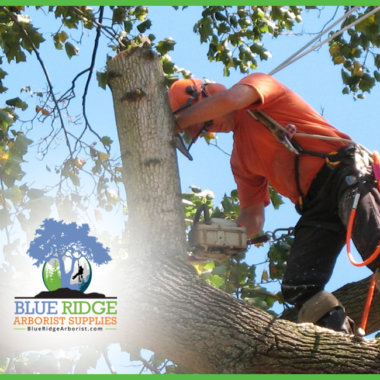Aching back? Could be your job, particularly if you happen to work in one of the occupations members of the American Chiropractic Association (ACA) rated as the worst for causing back pain. And you better believe landscaping and arborist work is on the list!
Back pain, notes the ACA, is one the most common work-related injuries in the United States, accounting annually for approximately one-quarter of all lost or unproductive workdays. Be sure to check out our gear for the best fit and maximum safety to assist in all that that you do — and read up on how to protect your back — and your livelihood!
The marvelous strength and flexibility that’s engineered into your lower back also makes it susceptible to developing lots of problems. And because of the many nerves that run throughout your spine and into the rest of your body, a problem in the lower back can lead to leg pain, hip problems, and more.
Here are 7 proven tips that can go a long way in protecting and stabilizing your lower back.
1. Strengthen your core muscles daily
Strong and supportive muscles throughout the trunk of your body are essential to support your spine. Core-building exercises include:
- Low-impact cardiovascular exercise, such as normal or brisk walking, which helps increase blood flow to the spine and stretch your muscles. An adequate flow of blood supplies healing nutrients and hydration to the structures in your lower back.
- Water therapy, which provides a greater range of motion due to the buoyancy of water, particularly for exercises that require lifting the legs. Water also provides resistance by means of gentle friction, allowing the strengthening and conditioning of an injured muscle. Water therapy is optimal for people who have chronic back pain and find it too painful to exercise without the supportive effect of water.
- Exercise ball workouts, such as sitting on the ball intermittently for about 20 to 30 minutes and/or using the ball for stretches and exercises that engage your core muscles.
If exercise seems difficult or impossible to you, make small goals to slowly get yourself moving, such as going up and down your stairs 3 times in a row or walking in a park with a friend.
Consider engaging a physical therapist or other qualified health practitioners to help you get started and provide correct guidance on how to safely exercise.
2. Invest in an ergonomic office chair
Slouching forward while working at a desk places excessive pressure on the discs in your lower back and can cause problems, such as disc degeneration to occur or further deteriorate. Support the natural curve in your lower spine by:
- Using an ergonomic chair that helps you align and support your back and thighs correctly
- Placing a small rolled-up towel in the small of your back for additional support
- Using a standup desk, if possible for at least part of the day
It is helpful to set a timer for every 50 minutes to an hour on your phone to remind yourself to check your posture, walk for a few minutes, and stretch your lower back and leg muscles.
3. Safeguard your back while lifting
Lifting is a common cause of lower back pain. Common everyday activities, such as unloading grocery bags from the car or lifting your young child, can lead to lower back problems.
Lifting with your back bent, or lifting while twisting, may cause a sudden injury to your lower back or repetitive injury over a period of time, leading to chronic tissue damage.
Follow these lifting-guidelines to prevent lower back injury:
- Bend at your knees, not at your lower back; a completely flexed (forward bent) back can be highly susceptible to a ligament and/or disc injury
- Pivot your feet and hips, rather than twisting your lower back
- Hold the object close to your chest while straightening your spine
- взломанный ватсап
- download adobe illustrator cs6 full crack
- download adobe premiere cs4 full crack 32 bit
- tmpgenc authoring works torrent
- youtube mp4 downloader pro
- download corel draw x7 full crack
While lifting is a part of everyday activities, having a job that includes heavy lifting may increase your risk of developing lower back problems.
How to lift small objects
The golfer’s lifting technique is particularly helpful in lifting small and light objects. This technique includes the following steps:
- While one leg bears the body’s weight, lift the other leg off the floor and toward the back for counterbalance
- Support one arm on a stationary object, such as a table or a countertop and bend down at the hip (like a fulcrum) so that the body becomes almost parallel to the floor
- Reach the free arm to pick up the object
This technique is considered safe for the lower back tissues because lifting one leg toward the back allows the spine to stay straight and the counterbalance offsets the strain on the back. The golfer’s lift is particularly useful for the repetitive lifting of small objects.
4. Dissipate stressors during everyday activities
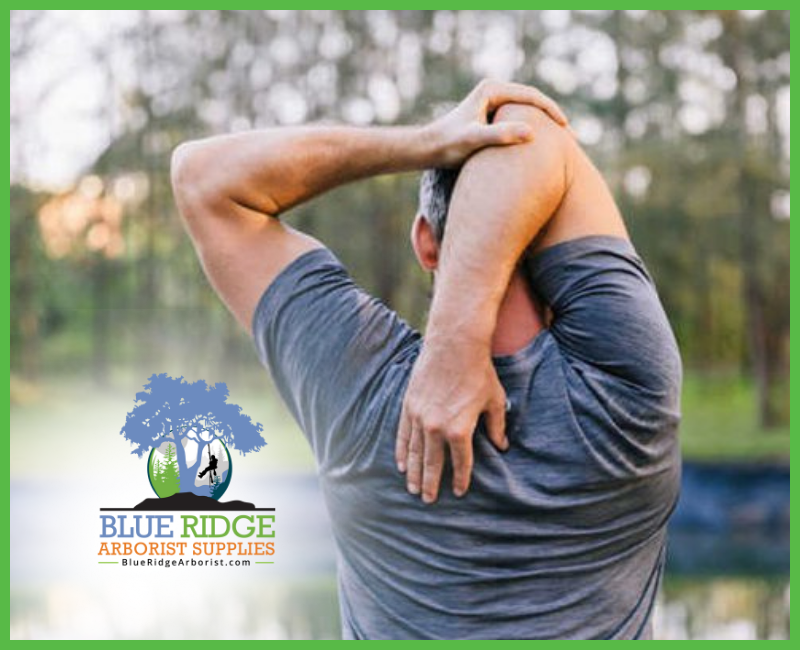
Even small amounts of stressing on the intricate structures in your lower back can add up and lead to degeneration and pain over time. Here are recommendations on how to reduce everyday stresses to concentrate on your lower back:
- Opening a door. While opening a door, stand straight in front of the door’s handle and pull it perpendicular to your body. Avoid standing on the side of the handle and twisting your trunk while opening the door, which may injure your spinal ligaments.
- Using a vacuum cleaner. While vacuuming, hold the vacuum cleaner in front of your body with both hands and use small arm movements while cleaning. Holding the vacuum to the side of your body with just one hand results in large arm movements and requires more twisting torque forces on your lower spine.
- Shoveling snow or while gardening. While shoveling, rest one arm on your thigh while slightly bending the knees. This technique helps prevent large arm movements and prolonged stooping, which significantly loads your lower back.
Using spine-sparing principles such as these on a daily basis helps prevent chronic injury to the tissues.
5. Rest your back after prolonged bending
When you bend forward for a long time, such as while weeding your garden, certain changes take place in your discs and ligaments. These changes last for a few minutes, during which time, the stability of your spine is reduced. The joints also become temporarily stiff during this period.
Your lower back is at risk for sustaining a sudden injury after these tissue changes if you exert stress on your back immediately afterward, such as lifting a bag of soil right after you’ve been bending and weeding for a long time.
It is advisable to stand upright for a few minutes and allow the spinal tissues to recover and re-shape after prolonged stooping or bending before attempting strenuous exertions.
6. Protect your discs immediately after waking
The pressure within your discs rises up to 240% when you sleep at night (for a minimum of 7 hours). At this time, your discs are fully hydrated and are typically at a higher risk of herniation when subject to bending or lifting forces.
Maintaining a straight back for an hour or two after waking allows your discs to regain their normal pressure and withstand loads more effectively.
7. Stretch your hamstrings
A little-known cause of low back pain is tight hamstrings. Simple hamstring stretching exercises can help decrease the pressure on your pelvis and provide relief across your low back. Certain hamstring stretches also help relieve leg pain associated with lower back problems, such as sciatica.
Not all hamstring stretches are good for all types of back conditions. Check with your physical therapist or doctor first to find out which exercise modification may be suitable for you.
Bonus tip: Lower back pain is directly impacted by your overall health
When you improve your overall physical fitness and general health, it will benefit your lower back. The following simple measures can help prevent the development, chronicity, or flaring of your lower back pain, such as:
- Staying active
- Drinking lots of water
- Minimizing the consumption of alcohol
- Getting enough deep, restorative sleep
- Following an anti-inflammatory diet
- Avoiding smoking and any form of nicotine intake
- Managing mental and psychological stress by participating in related therapies
The damage to any single tissue can lead to biomechanical changes that progressively affects the other structures. The resulting effects may cause pain in your lower back, hip, and/or leg(s).
Incorporate these tips and techniques in your daily activities to help prevent or minimize the development of new problems or future flareups of your lower back pain.
From rope to gear, you’ll find it here. Your work is excellent. Our tools make it outstanding. We carry a complete line of the best arborist supplies. Call us today at 540.485.4235 and let us help you. You can find us on Facebook for more tips.
Reference: [https://www.spine-health.com/blog/7-tips-protect-your-lower-back]
